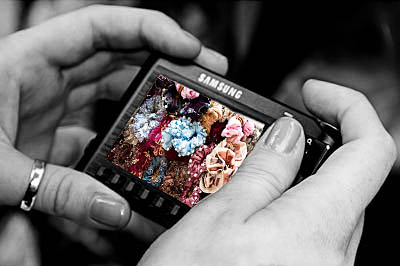
For a lot of people, professional photography is an awe-ridden, admire-from-distance kind of a hobby. I mean, what with commuting, day job, deadlines and subsequent tiredness, who has the energy for dabbling in professional photography, right? Or even the money – for expensive equipment?
True, most professional photography entails lenses and cameras that could fund a decent sedan, but did you know that a photograph is only as good as the person holding the camera, not the camera itself? Photography is an art and like any other art form, it can be learnt and when practiced often enough has the potential to create masterpieces.
Here are some tips that can be followed to take pictures like a professional photographer – with any good camera.
Observe:
Distance yourself from any clichéd shots and have your imagination jump out of the box. Observe the scene or scenery, see what captivates or interests you – the person. You never know, you might surprise yourself with your powers of observation.
Compose:
To look at an ordinary scene and assess it for a photograph is roughly what composition of a shot it; this takes practice. But, there are some scientific tools like the Rule of Thirds or the Fibonacci Spiral that can aid.
Rule of thirds is about splitting your frame into three vertical and three horizontal sections. The eye is drawn naturally to the points of intersection of these and these are the best places to place the subject. You can read more about it here.
Similarly, the Fibonacci Spiral suggests imagining a spiral atop your frame that begins from one end and spirals into the frame. Placing an image at the ‘sweet spot’ or the smallest point of the spiral would create aesthetically pleasing images – ask Leonardo DaVinci, he swore by it. You can learn more about it here.
Light play:
Unless you consciously want to take the picture of a silhouette, light should be left to fall from behind you, on the subject. Of course, you can also play around with light from the side too.
Contrasts:
Juxtaposition works wonders for a photograph. Contrasting colors, interesting backgrounds and even the angle of light can change a drab picture into a beautiful one.
Camera settings:
Getting to know your camera better will reap great benefits for you. You will be surprised at how much of a punch even a simple point and shoot camera can pack.
After all these steps a little post-production would only help enhance an already well-taken picture. There are several photo-editing tools online that will help your pictures dab on that light (or heavy!) make up.
Professional photography definitely awes the world, but with a little help and lots of practice you might just be able to astound those in your own little world.
